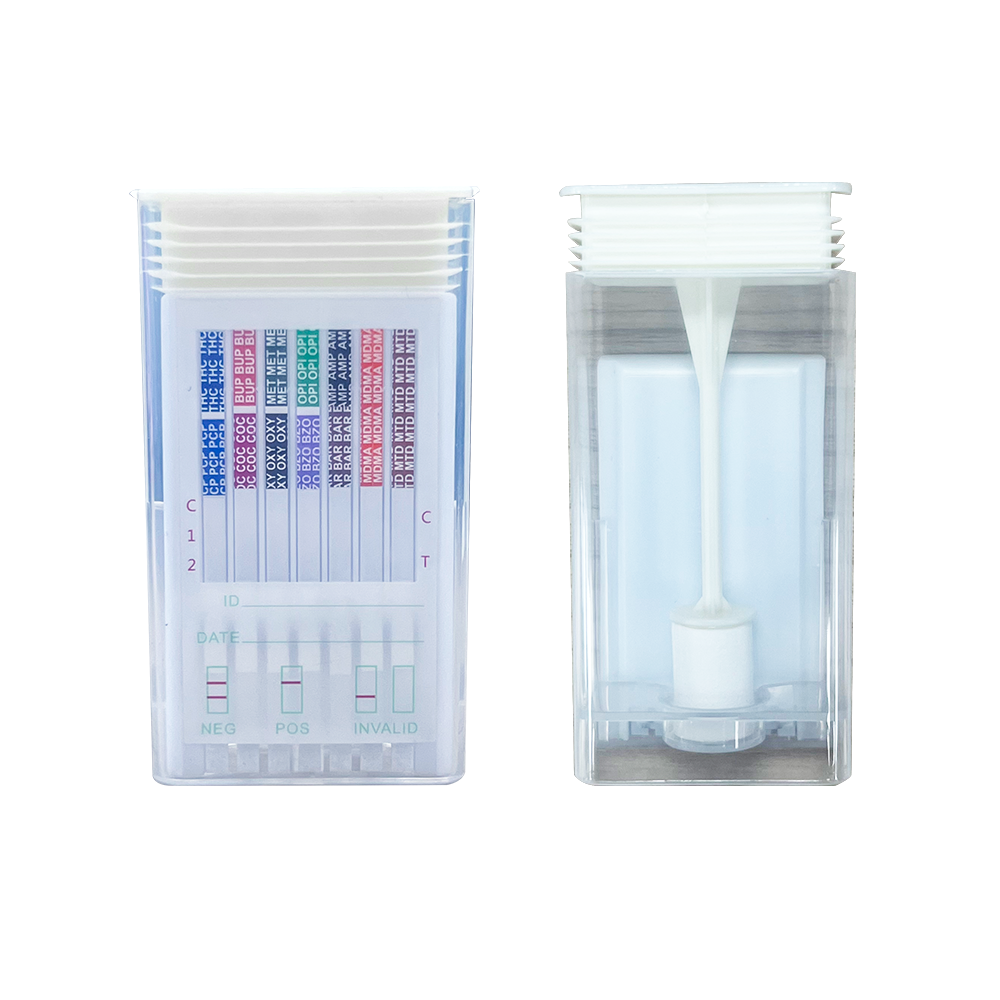Introduction to Urine Drug Testing
Urine drug tests are a widely utilized screening tool for detecting the presence of substances in an individual's system. They are commonly used across various fields, including employment, sports, and legal contexts. Understanding their accuracy is essential for interpreting results effectively and making informed decisions based on these tests. This article examines the mechanisms underlying urine drug tests, the scope of substances they detect, and the challenges associated with their accuracy, focusing on factors like false positives and negatives and detection windows.
Mechanisms of Urine Drug Testing
How Urine Drug Tests Work
Urine drug testing operates on the principle of immunoassay, a biochemical test that measures the presence of a substance through the reaction of the substance with specific antibodies. When a urine sample is collected, it is typically screened using an initial immunoassay test, which is quick and cost-effective. If results are positive, a more specific confirmatory test, like gas chromatography-mass spectrometry (GC-MS), is conducted to validate the findings. This two-step process helps reduce the likelihood of errors and improve the reliability of the test results.
Scope of Substances Detected by Urine Tests
Commonly Detected Substances
Urine drug tests can detect a range of substances, including but not limited to cocaine, amphetamines, opioids, cannabinoids, and phencyclidine (PCP). The standard test, known as a 5-panel drug test, screens for these primary substances. However, specialized tests are available for more comprehensive screenings, which can detect synthetic drugs, prescription medications, and other specific substances as required by the testing context. Wholesale and custom testing panels can be designed to meet the unique needs of different industries and applications.
Accuracy and Reliability Concerns
Factors Affecting Test Accuracy
The accuracy of urine drug tests can be influenced by various factors, including the specific testing method, the sensitivity of the test, and the conditions under which the test is administered. While immunoassays are quick, they are also prone to false positives and negatives due to cross-reactivity with other substances. Confirmatory tests like GC-MS offer more reliable results but are more costly and time-consuming. Consequently, ensuring accuracy involves considering these variables and choosing the appropriate testing approach for each scenario.
False Positives and Negatives in Testing
Understanding Errors in Test Results
False positives and negatives are significant concerns in urine drug testing. A false positive occurs when a test incorrectly indicates drug use, while a false negative occurs when the test fails to detect a substance that is present. Factors such as laboratory errors, cross-reactivity with over-the-counter medications, and dietary influences can contribute to these inaccuracies. To mitigate these issues, laboratories set cut-off levels, which are thresholds that a substance must exceed to be classified as positive, reducing the likelihood of passive exposure leading to false results.
Detection Windows for Drugs in Urine
Time Frames for Different Substances
The detection window for drugs in urine varies depending on the substance. For instance, cannabis can be detected for up to 30 days in chronic users, while cocaine and amphetamines are typically detectable for 2-4 days. Factors such as frequency of use, metabolic rate, and individual physiology can influence these detection windows. Understanding these parameters is crucial for interpreting test results accurately, especially in time-sensitive situations such as occupational testing or post-incident investigations.
Legal and Ethical Considerations
Implications for Privacy and Consent
Urine drug testing raises significant legal and ethical considerations, particularly regarding privacy and consent. While drug tests can be necessary for ensuring workplace safety, they also involve collecting sensitive personal information. Legal requirements for drug testing vary by region, with some jurisdictions requiring explicit consent from individuals, while others mandate testing in certain industries. Balancing the need for safety with respect for personal privacy is a critical challenge for organizations implementing drug testing programs.
Impact of Drug Testing on Workplace Culture
Influences on Employee Relations and Morale
Implementing urine drug testing in the workplace can have profound effects on employee relations and morale. Some employees may view mandatory testing as an invasion of privacy, impacting their perception of the employer and overall job satisfaction. Conversely, a strict drug testing policy can enhance workplace safety and productivity by discouraging substance abuse. Employers must carefully consider the potential impact on workplace culture and strive to maintain an environment that respects employee rights while prioritizing safety.
Alternative Drug Testing Methods
Comparison with Other Testing Technologies
While urine drug tests are common, alternative testing methods such as saliva, hair, and blood tests are available, each with its advantages and limitations. Saliva tests offer a shorter detection window and are less invasive, making them suitable for on-the-spot testing. Hair tests provide a longer detection period, useful for assessing long-term substance use. Blood tests are highly accurate but invasive and expensive. Organizations can choose from these options depending on their specific needs, weighing factors like accuracy, cost, and convenience.
Conclusion: Evaluating the Role of Urine Drug Testing
Urine drug testing remains a cornerstone of substance use detection due to its balance of cost-effectiveness and reliability. However, understanding the nuances of test accuracy, detection windows, and the potential for errors is crucial for correctly interpreting test results. By considering these factors, organizations can use drug testing as a tool for promoting safety and compliance while respecting individual rights and maintaining a positive workplace culture.
Hysen Provide Solutions
Hysen offers comprehensive solutions to address the challenges of urine drug testing accuracy. With customizable testing panels and state-of-the-art laboratory analysis, Hysen ensures precise and reliable results for various applications, from workplace screening to legal compliance. Our expertise in drug testing methodologies supports organizations in implementing effective testing programs that align with industry standards and ethical considerations, promoting a safer and more productive environment for all stakeholders.
User hot search: Forensic Drug test (Urine)
Post time: Sep-23-2025
- Previous:
- Next: How long does it take to get results from a forensic drug test?
















